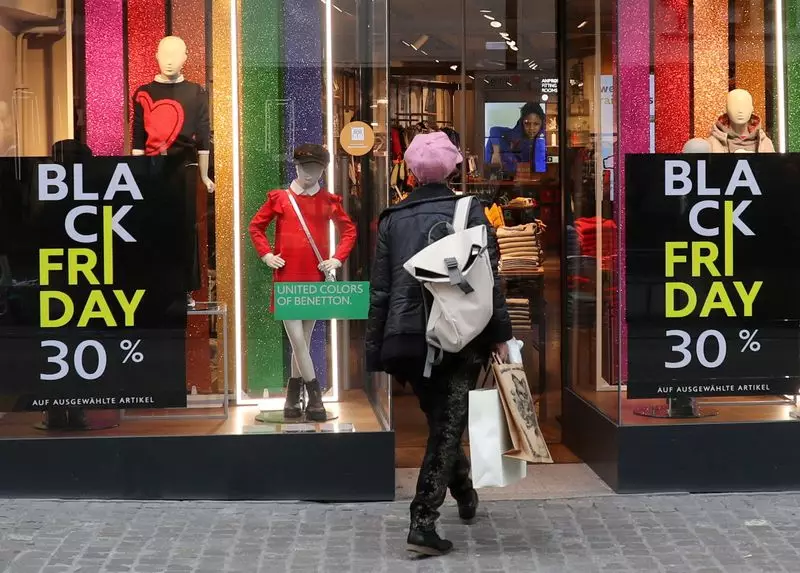Recent insights from the Bank of America Institute indicate a significant transformation in holiday shopping dynamics, primarily driven by changing consumer behaviors. The comprehensive report highlights a markedly increased inclination among lower-income households towards online shopping, a trend that has noticeably altered the contours of holiday retail. As consumers adapt to new shopping behaviors, especially catalyzed by the COVID-19 pandemic, traditional brick-and-mortar stores face challenges in maintaining their relevance during key holiday periods.
Interestingly, the data reveal that, compared to pre-pandemic shopping habits in 2019, there is a 5% decline in in-person spending during critical retail moments like Black Friday and Christmas Eve. This represents a significant shift as shoppers increasingly seek out the convenience and competitive pricing offered by online platforms. Notably, Cyber Monday has grown visibly in importance, capturing an additional 2% of holiday spending, which serves as a bellwether for this evolving retail landscape. Such changes suggest that consumers are not merely shifting their shopping dates; they are transitioning to a fundamentally different shopping paradigm.
A key finding in the report is the stark contrast between the shopping behaviors of lower-income versus higher-income households. For those earning under $50,000 annually, there is a conspicuous retreat from traditional malls, with reports indicating a staggering 20% drop in mall expenditure since 2021. This demographic is increasingly trading the in-store experience for the convenience of online shopping, especially during peak holiday weeks. Consequently, the data indicates that online spending contributed to 26% of retail card transactions in August 2024, marking a 1.5 percentage point increase over the past two years.
In contrast, higher-income shoppers have demonstrated more resilience regarding in-store shopping; expenditures at malls for these consumers only dipped 4%. This divergence in behavior suggests that while the online shopping trend is robust, high-income consumers continue to value the mall experience, preserving a degree of stability for premium retail environments. Such contrasts could lead to a fragmented retail ecosystem where brick-and-mortar ventures cater distinctly to different economic demographics.
Longstanding holiday shopping pillars such as Black Friday and Christmas Eve may finally be relinquishing their dominant roles in retail. As noted, holiday mall spending decreased to 15% during the two-week window around Christmas in 2023, showing a clear reduction of 3 percentage points from 2019. Meanwhile, online holiday expenditures are approaching parity with traditional retail formats. During the two weeks surrounding Cyber Monday, 13% of overall retail spending occurred online, reflecting a 2 percentage point increase since 2019.
Such trends point to a growing normalcy for online shopping in the holiday season, which is becoming increasingly competitive as retailers adapt to the new rules of engagement. Understanding these shifts is essential for retailers aiming to thrive in a climate where consumer preferences are continuously evolving.
Anticipating Future Trends Amidst Economic Uncertainties
Looking ahead, various factors, including recent port strikes, pose uncertainties that could further influence consumer shopping habits. Although Bank of America Global Research anticipates minimal disruption, particularly if the strikes are short-lived, retailers may still opt to absorb any additional costs to maintain customer loyalty. This approach reflects an understanding of the heightened price sensitivity among consumers, particularly among lower-income households that prioritize value and bargains.
As the 2024 holiday season nears, the anticipation of augmented online spending suggests that consumers will continue to embrace early shopping strategies. The retail environment is thus poised to become increasingly competitive, with businesses vying not only for consumer attention but also for loyalty in a landscape defined by substantial consumer changes. This evolution signals a pivotal moment for retailers to innovate and recalibrate their strategies to align with the shifting consumer expectations that now shape modern holiday shopping.

